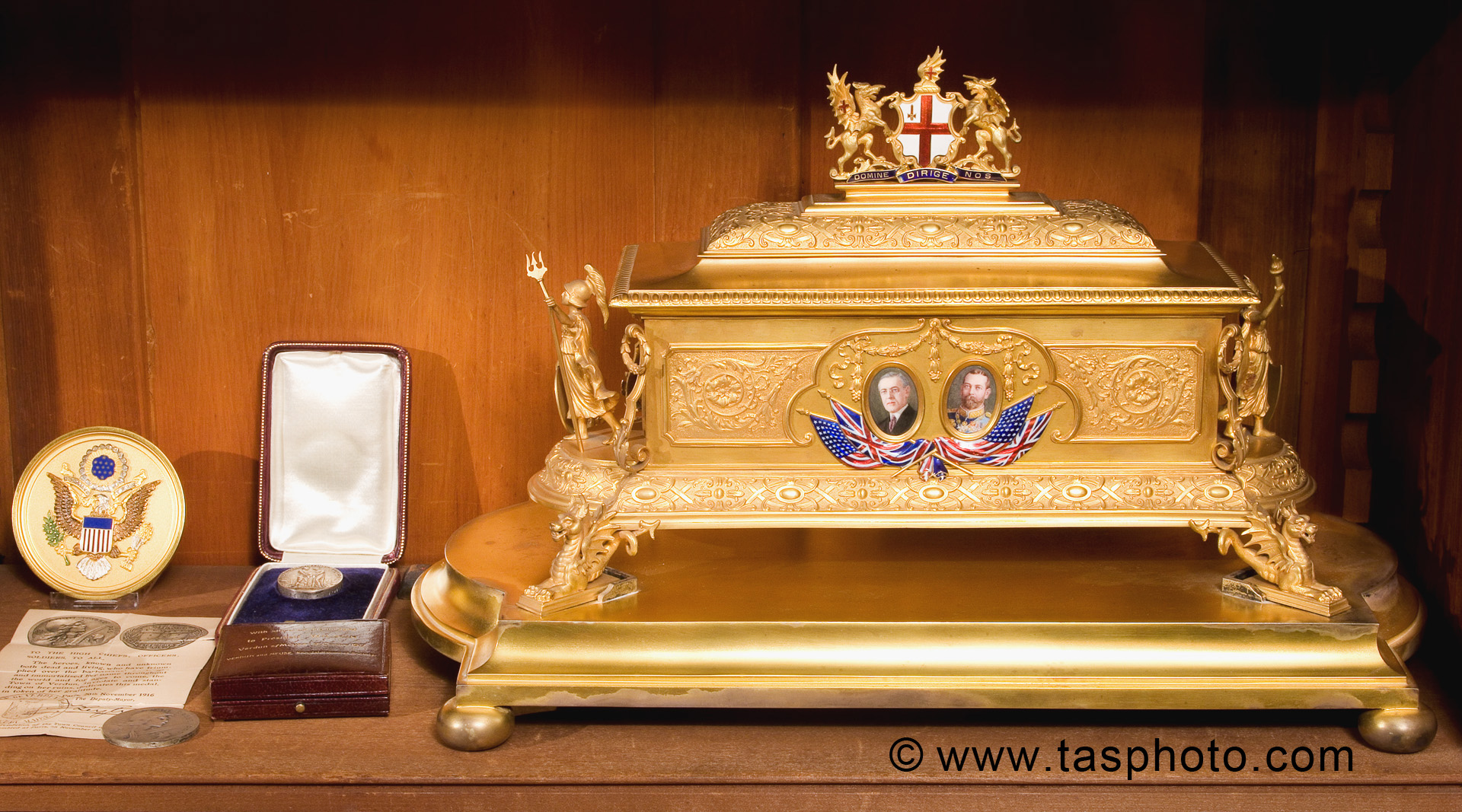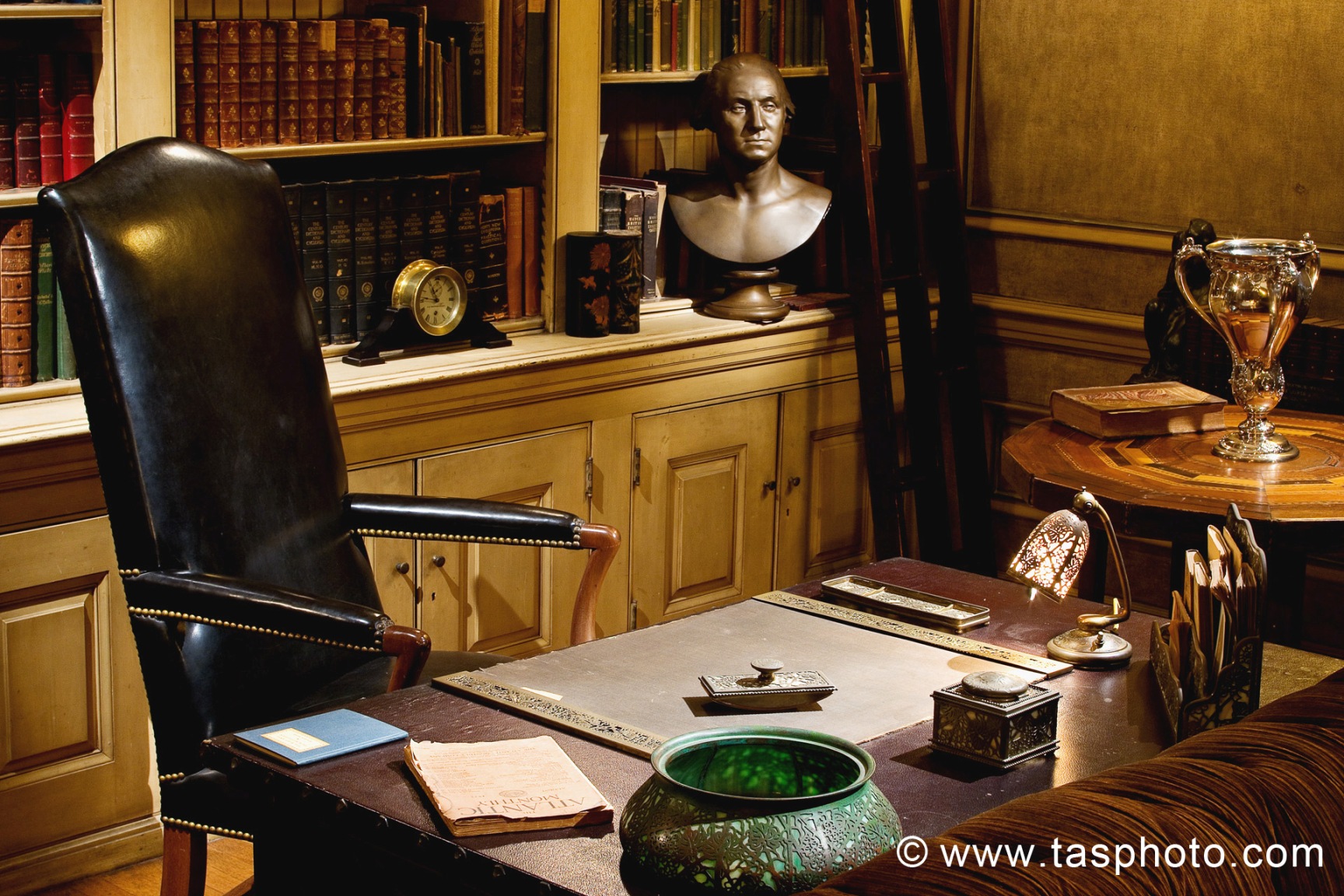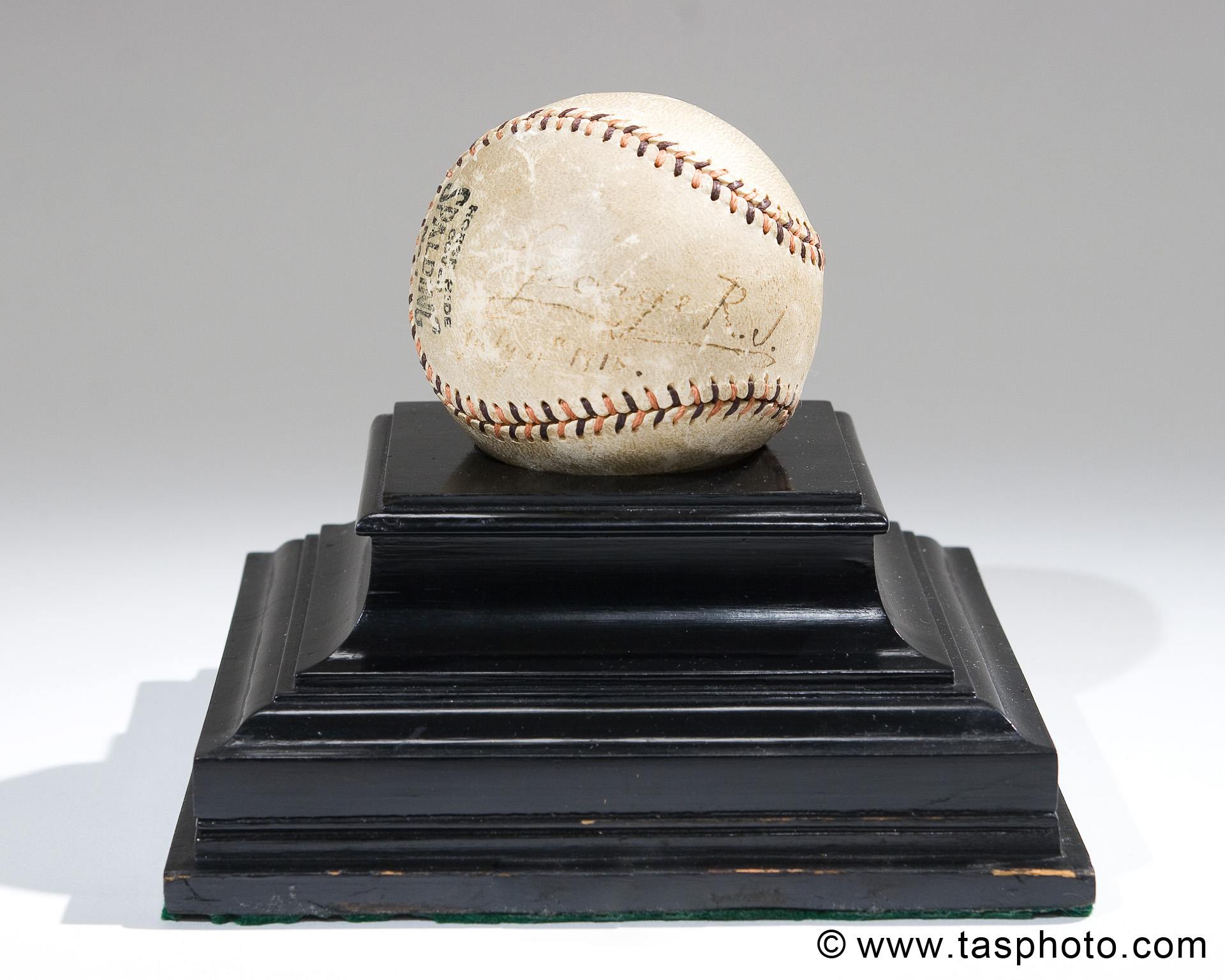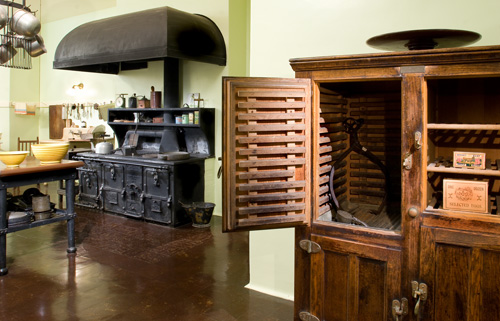For President’s Day, the President Woodrow Wilson House
invites visitors of all ages to dress as their favorite President or First Lady.
For fun, we want to inspire our “Presidential Visitors” and share some #PrezDress style ideas.
How about the old walking
stick? Many American Presidents carried a cane as a fashion accessory including
George Washington, James Madison, John Quincy Adams, James Buchanan, Abraham
Lincoln, Andrew Johnson, Ulysses S. Grant, William McKinley, Warren G. Harding,
Franklin Delano Roosevelt, Harry Truman and of course Woodrow Wilson.
 |
| Woodrow Wilson at Princeton in 1902 |
However, Wilson was known for
carrying a cane even before his presidency. As a newly elected president of Princeton,
a photograph shows him sporting an elegant cane. During his lifetime, walking sticks were considered a must-have fashion accessory among the fashionable elite. The Washington Post in January
1914 referred to the cane as "the rock-ribbed badge of fashion and social
distinction, the mark alike of the gentleman of leisure and dilettante of the mode."
In order to keep up with the rapidly changing fashion trends, a man of fashion
would buy a new cane every month:
1920s Cane Fashion Trends
Winter- Darker wood and heavier weight
Summer- Lighter color and weight
Time of Day- Different style of cane for the morning, afternoon, and evening
President Woodrow Wilson's cane collection continued
to grow after he moved into the White House in 1913. During his presidency, he acquired over 50 canes. Many of them were received as
gifts from the American people. One gift, presented to Wilson in 1914, told his
life story. Made out of light wood and topped with a silver band, the cane was
inscribed with Wilson’s biography beginning with his Princeton University graduation in 1879 to his years
as Governor of New Jersey from 1910-1912.
 |
| Wilson biography cane was presented to him in 1914. |
The full inscription reads:
Woodrow Wilson / Democratic
President of the United States / Educationalist / Author / Statesman /
Princeton: Graduated 1879; Professor of Jurisprudence, Political Economy,
Politics, 1890, 1897; President, 1902, 1910 / Bryn Mawr: Professor of Political
Economy, 1885, 1888 / Wesleyan: Professor of Political Economy, 1888, 1890 /
University of Virginia: Law Student, 1879, 1880 / Lawyer, 1882, 1883 /
Democratic Governor of New Jersey, 1910, 1912. Made of a piece of wood from the
property of the First Democratic Governor of Louisiana, carved and presented to
the President by his first grandson whose name he bears. Alex Moulton, Lafayette
Louisiana, 1914.
Today, you can see Wilson’s
collection of canes throughout his S Street Residence. In addition to his
growing collection, his stroke in 1919 caused Wilson to use the cane for more utilitarian purposes. Over time, the cane turned from a fashionable accessory to a
needed companion for him-- which he called "my third leg."
 |
| President Wilson leaves his home on S. Street to attend Armistice Day celebrations supported by his valet Isaac Scott and his trusty cane. |
Ladies we are not forgetting about you!
For a brief time, women carried canes in public especially during the age of the flapper. Nell Wilson McAdoo, President Wilson’s daughter, made
the headlines by carrying a cane in public. Although both women and men were carrying canes, The Washington Post mentioned the style differences between them in October 1913. They described women’s
walking sticks to be ornate with “gold and jeweled beads” in order to “harmonize
with the walking costume she happens to be wearing while carrying the stick.” Eventually
the fad phased out, but it was still considered a part of fashion.
 |
| An unidentified woman demonstrates an ingenious Prohibition-era accessory, the cane-flask, Washington, DC, 1922 (Photo Courtesy of Shorpy.com) |
Come by President Woodrow Wilson's House to show off your #PrezDress on Presidents' Day!












%2B60x%2B(1).jpg)





